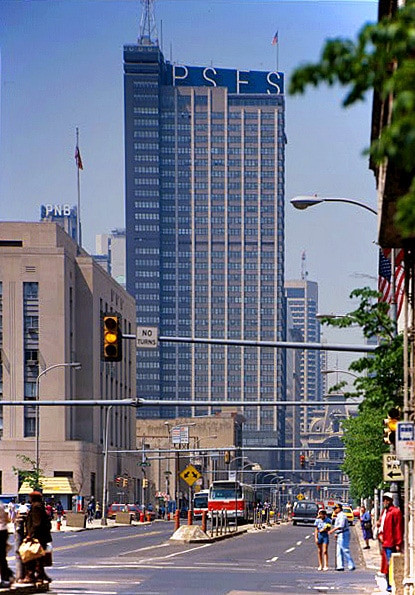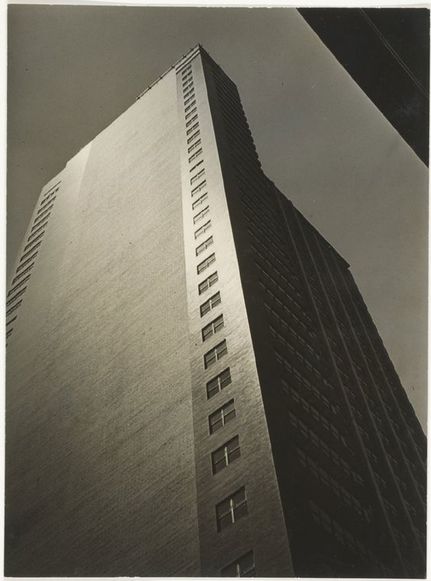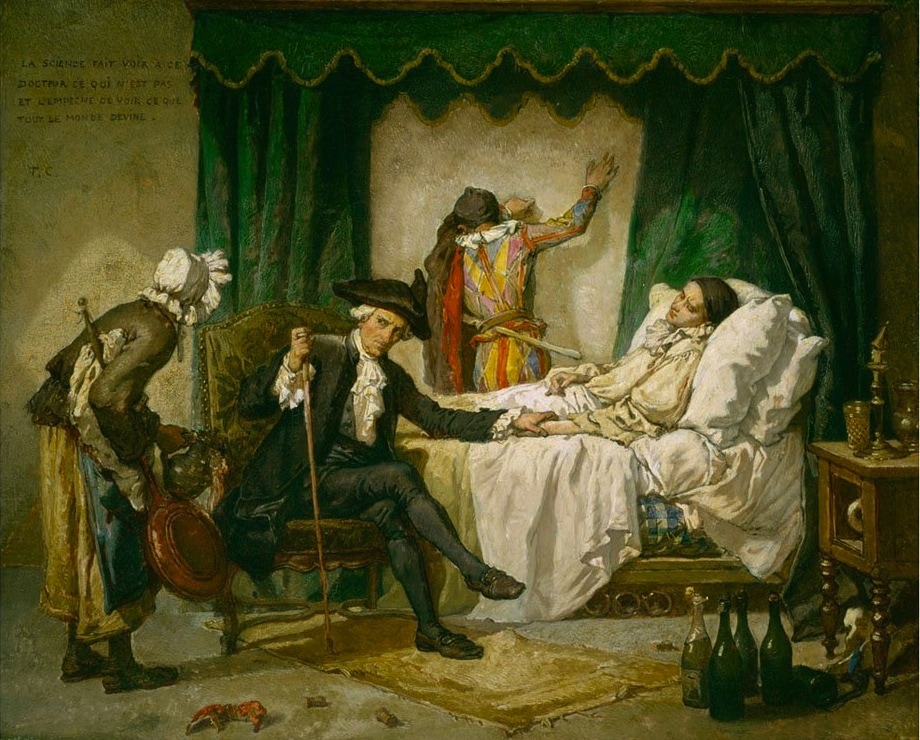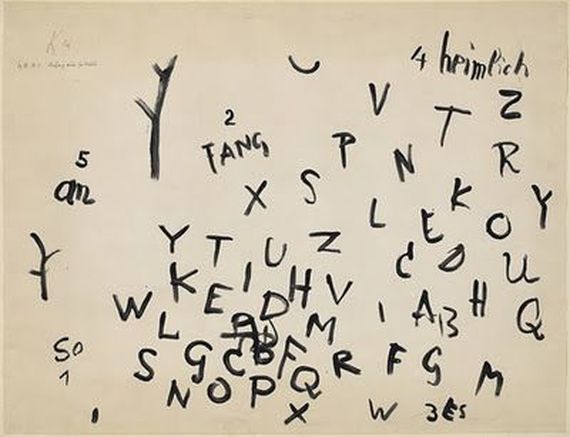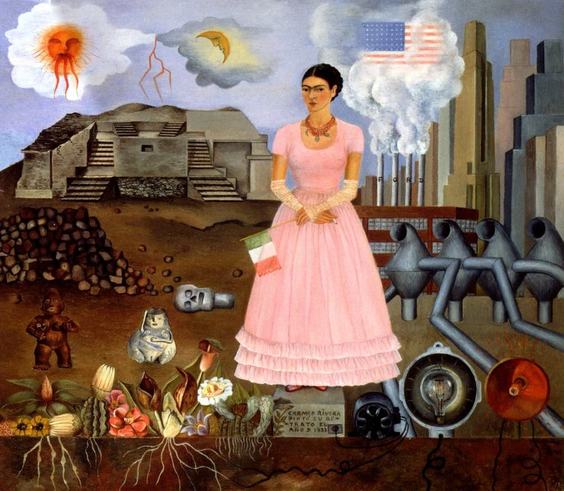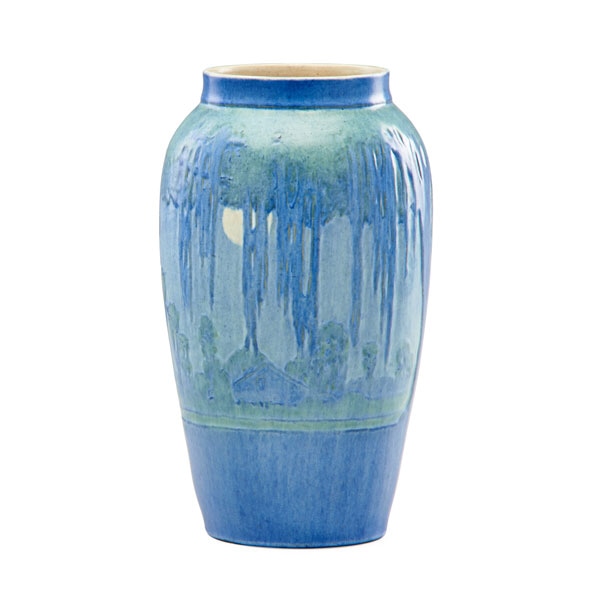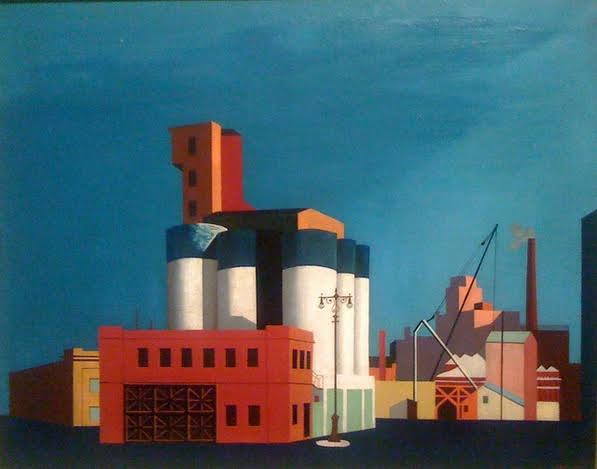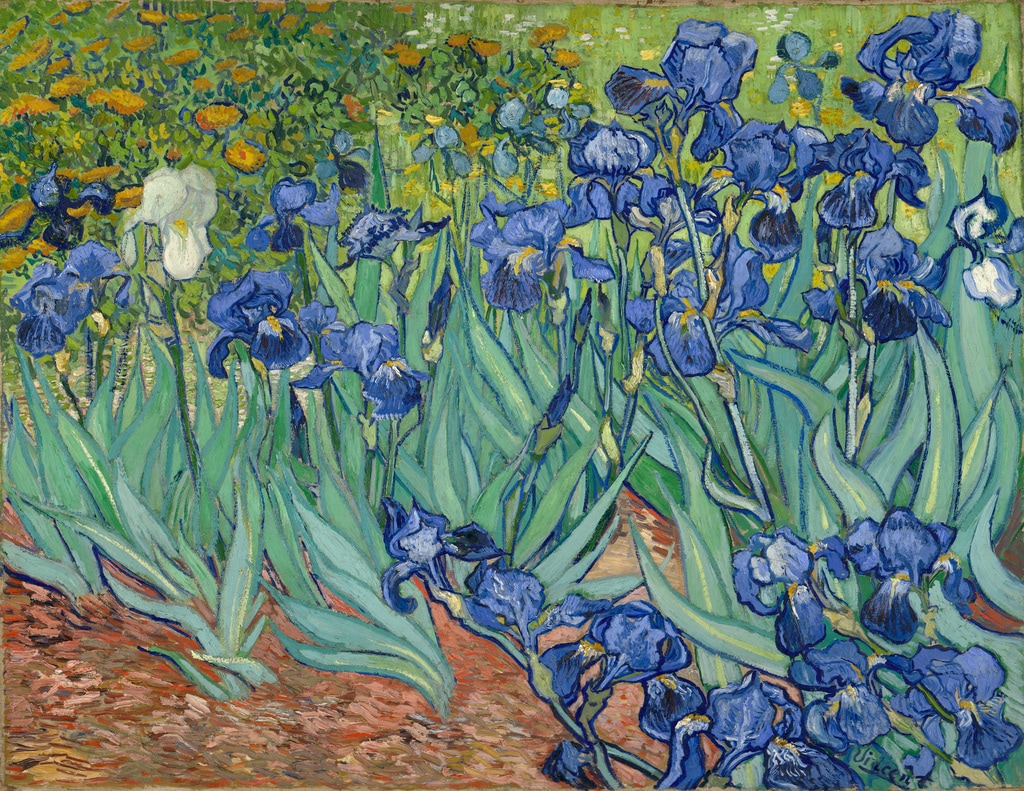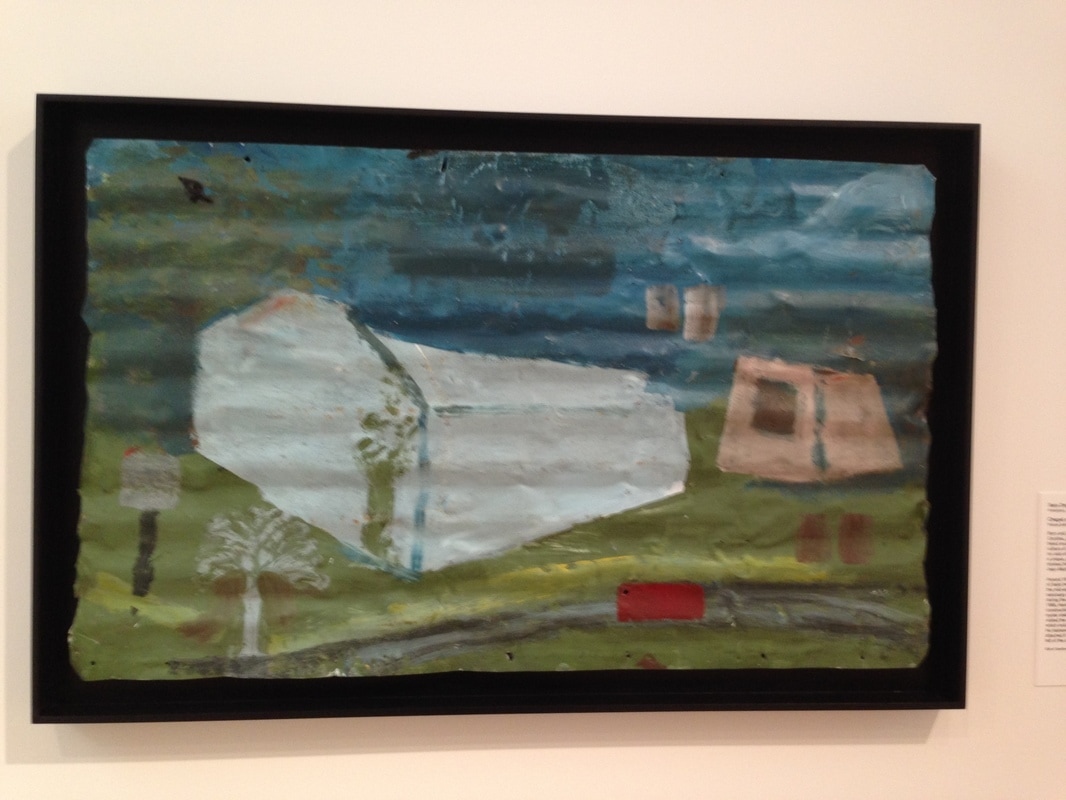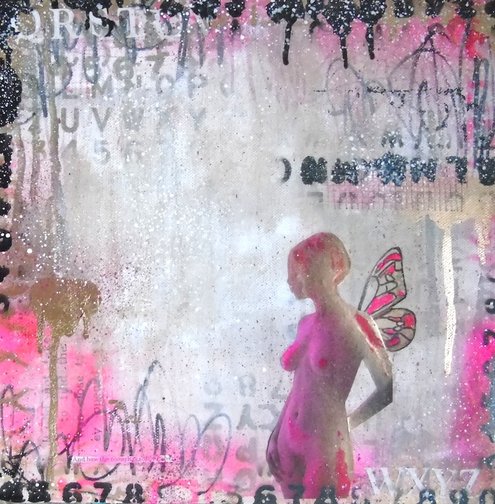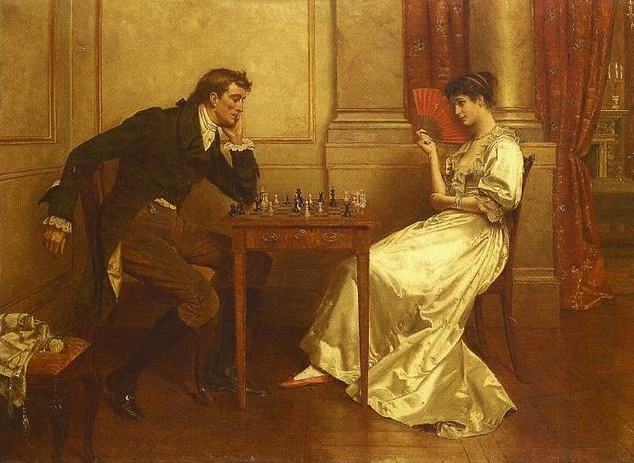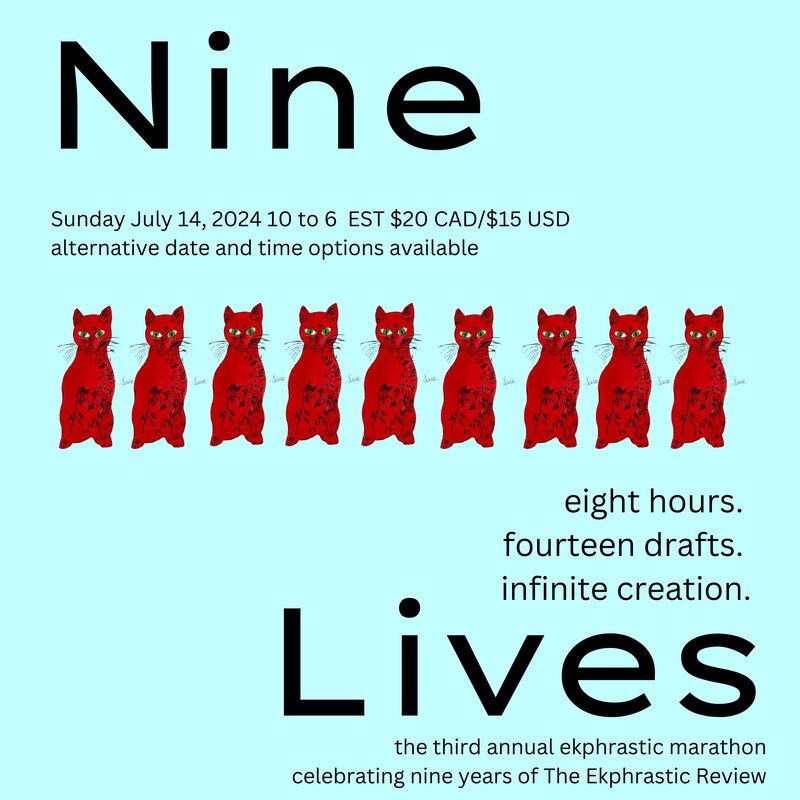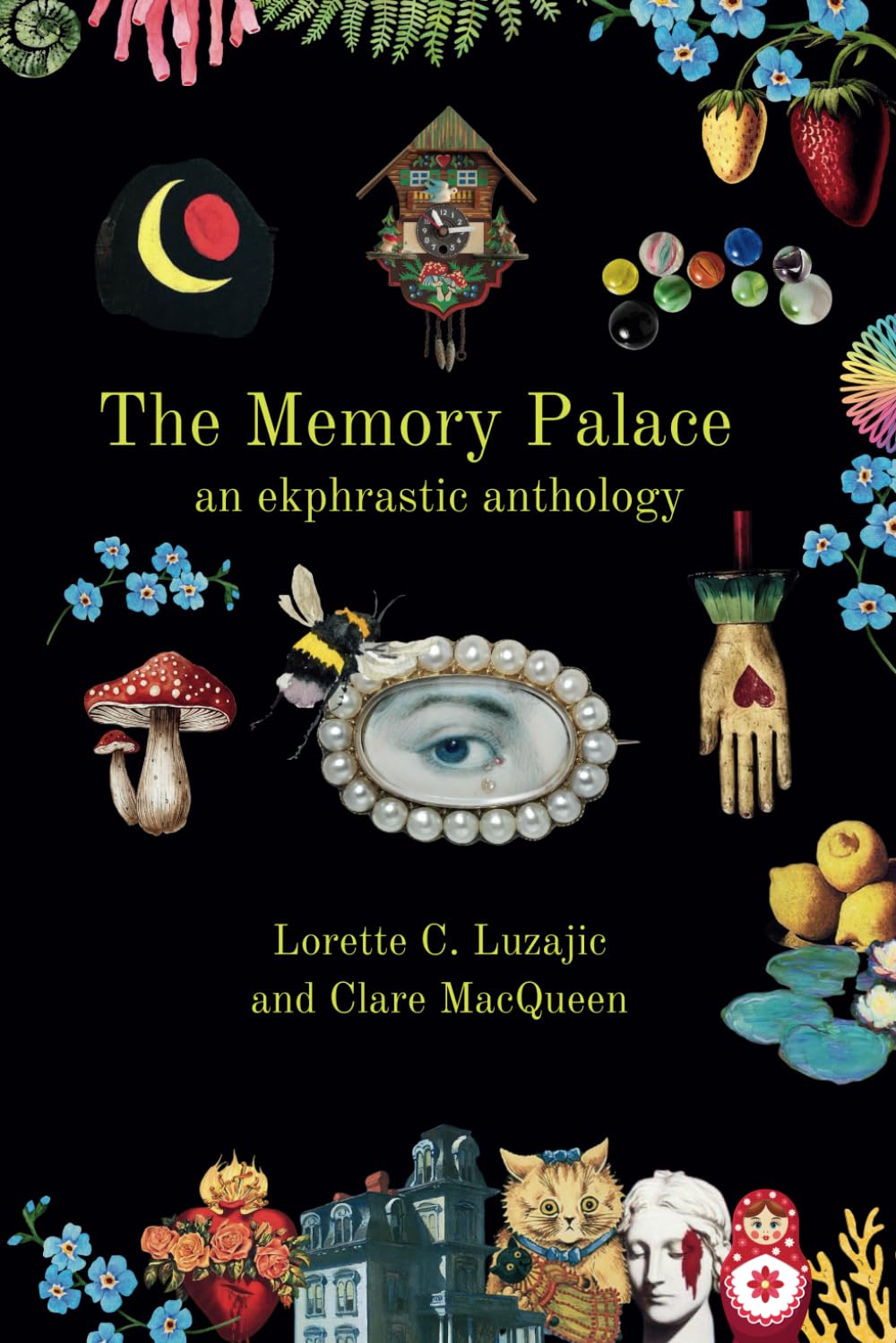The Sky's the Limit: Thoughts on the Philadelphia Savings Fund Society Building, by Stuart A. Kurtz3/31/2017 The Sky's the Limit: Thoughts on the Philadelphia Savings Fund Society Building
“…It demands of us, ‘what is the chief characteristic of the tall office building?’ And at once we answer, it is lofty. This loftiness is to the artist-nature its thrilling aspect. It is the very organ-tone of its appeal. It must be in turn the dominant chord in his expression of it, the true excitant of his imagination. It must be tall. The force and power of altitude must be in it, the glory and pride of exaltation must be in it. It must be every inch a proud and soaring thing, rising in sheer exultation that from bottom to top it is a unit without a single dissenting line…” Louis Sullivan A tenet of Modernism was to connect the inside of buildings with their outsides. In the Philadelphia Savings Fund Society building (1929-32) by George Howe and William Lescaze the interior does not merely form a link with the street and surrounding cityscape; it creates a unity with the atmosphere around the building. The connection of lived space and intangible space (light and air) is rendered to masterful effect. The ascent from the materiality of the streets outside its lobby, higher and higher to the pinnacle of sun and air of the boardrooms must be experienced in an uninterrupted flow. We might say it is a journey away from the material burdens of the world for an esoteric encounter up in the clouds. When the visitor enters the first floor lobby, he sees a soaring space that leads the eye upwards. The light entering through the doorways and filtering down from the banking floor above fills this area and seems to beckon the viewer to move onward and upward, starting literally with a ride up the escalator. On level two one’s view is drawn to a bank of interior windows, behind which one can see an expanse. Once in this banking floor, the visitor’s gaze is drawn horizontally and vertically by full-height windows and a U-shaped service counter. Now the hallway windows extend this room even farther. The view is of the upper stories of surrounding buildings, thus accentuating the rise the customer has just made. Aluminum ceiling panels insinuate the sky to the interior. Polished black marble piers not only tell of height but ricochet light across the banking floor. Corridors are open and uncluttered with no ornament distracting the eye. From the second floor one ascends another long escalator to the ballroom (The building is now a Loew’s hotel.) The visitor can only see light from the third floor windows and that which is reflected on the ceiling of that level, seen from the vantage point of the escalator ride up. The board and dining rooms at the top are airy and breezy. The solarium cheers up the rooms more, and a terrace extends the free movement of bankers. From up here the eye looks out and now down. There is more of a horizontal emphasis, such as in the overhang cantilever over the terrace and the glass bank of doors. The thin limestone piers that elevate the building off the ground, in a manner, accentuate the delicacy of the building. This might be the first skyscraper whose base reflects its top. The two-story base exterior is covered in gray and black granite, which reflects light, thereby losing some of the visual heaviness of itself. The experience is a physical and emotional journey away from the confines of the ground and up to the heights. It is a freedom from the world below into an environment of light and air at the top…an escape from the problems on street level (in 1932 effects of the Depression were just outside the bank). I think Le Corbusier meant his towers to achieve this sensibility. The shopping malls, industrial complexes, hotels, and luxury apartments of the 1960’s tried to do this as well, with usually unsuccessful results. Air and light are what the PSFS convey, which are what tall buildings should communicate. Stuart A. Kurtz Stuart A. Kurtz: "I started my writing career in sleep-away camp. I was sick and had nothing to do, so I lay on my bunk and composed a sketch about a reporter named Milton Moncrief who was covering a volcano eruption. He interviewed people as they ran from the ash and lava. He didn't have a clue - and maybe I didn't either...that the sketch was pretty bad, or that I would some day choose this as my profession. I am now doing cultural journalism, drama, and poetry. North Park Vaudeville in San Diego presented my play, Hey, Pete, There Must be Some Mistake, in October, 2012. I was the only American reporter to cover Toronto’s Scotiabank Nuit Blanche in 2009. My first full-length play about an environmental disaster in future Iowa is now taking shape, and I am marketing my one-act allegory, The Time of Our Joy. Available for hire at [email protected] Blog www.stuartkurtzportfolio.blogspot.com and poems published here: http://www.carcinogenicpoetry.com/2012/07/stuart-kurtz-five-poems.html"
0 Comments
The Illness of Pierrot (a rondelet) Will Pierrot die? Must comedy have tragic end? Will Pierrot die? Poor Harlequin begins to cry Before the doctor's ushered in. The maid says gluttony's a sin! But will Pierrot die? Alarie Tennille Alarie Tennille was born and raised in Portsmouth, Virginia, and graduated from the University of Virginia in the first class admitting women. She became fascinated by fine art at an early age, even though she had to go to the World Book Encyclopedia to find it. Today she visits museums everywhere she travels and spends time at the Nelson-Atkins Museum of Art in Kansas City, Missouri, where her husband is a volunteer guide. Alarie’s poetry book, Running Counterclockwise, contains many ekphrastic poems. Her book, Waking on the Moon, is pending. Please visit her at alariepoet.com. Untitled
Frida Kahlo is known for her self-portraits, and here she holds a Mexican flag made of papel picado [cut paper] looking south on the U.S.-Mexican border. Kahlo was married for a time to Mexican muralist painter Diego Rivera, who was commissioned to paint extensive murals in cities across the U.S. Kahlo didn’t feel at home in the United States, and was upset by the industrialism she saw in cities such as Detroit and New York. Buildings like esqueletos block the Aztec sun—as I stand over earth & wiring as roots. Lindsey Thäden Lindsey Thäden is the most recent winner of New York's 2016 #PoetweetNYC contest. Her poetry has appeared or is forthcoming in the Philadelphia-based Apeiron Review, eleven40seven, New York Metro, Passages North and Vending Machine Press, which is e-published from Sydney, Australia. Spanish Moss and Moonlight
The shape on paper was hers, light pencil tracings of the first ideas of how the moss would hang in front of the moon, the humid haze would hover in the luxuriant Louisiana sky. Now he was shaping it in three dimensions, his fingers and hands working together, centering, centering, pressing, smoothing the Lake Pontchartrain clay; his strong left leg powering the treadle, the wheel spinning, the vase rising from a shapeless lump of earth into an almost living, an almost organic form. “Pinch in the neck,” she said, “there above that rounded shoulder that suggests the tops of the trees--constrict the clay into a sharply defined ring, a cylindrical edge that will pronounce: Here is a vase--a form with a hollowness, with emptiness, inside it. The blue and pale lighted circle of trees I have in mind will hold within that hollow space where all vases hide their secrets, the mystery of moonlit nights and bayous.” She carries off the green ware, places it on her turntable and begins to shave off strips of clay, layers of clay, snippets of clay that drop to the workbench, leaving strands of moss to fall from the trees. As clay curls off the edge of her embossing knife, the live oaks and bald cypress rise, their branches woven, and everywhere the Spanish moss, drapes, droops, caresses the tree forms, bounds the growing image from above the way bayou trees frame the southern night skies. With the first firing, the vase turns white as the fullest moon, ready for the glaze. The blues, pale, paler, palest, separate sky and foliage, shape and void, turn black bayou waters into a moonlit blue sheen, mark the sky for radiance with flowing silken glaze. The trees across the water loom upward, reaching, reaching, and the round moon hides behind fingers of moss, the deepest blue moss, moss that loves live oaks and warm nights and calling owls and chirping tree frogs. And then the final fire, the kiln blazing, clay and glazes merging, capturing in the chemistry of ceramics and heat a moment of time, making it a piece of forever, burning into reality an imagining of shape and form and color and shadings. Oh, yes, here is what she saw before she began to sketch. And here is what his fingers felt before he took up the clay. Here is what they made, together, from earth and fire and memories, from Spanish moss, from live oaks, from moonlight. Roy Beckemeyer Roy Beckemeyer lives in Wichita, Kansas His poems have appeared in a variety of print and on-line literary journals including Beecher's Magazine, Chiron Review, Coal City Review, Dappled Things, Flint Hills Review, I-70 Review, Kansas City Voices, The Light Ekphrastic, The Midwest Quarterly, The North Dakota Quarterly, The Syzygy Poetry Review, and Zingara. His book of poetry, Music I Once Could Dance To (Coal City Review and Press, Lawrence, KS, 2014) was selected as a 2015 Kansas Notable Book. He won the Beecher's Magazine Poetry Contest in 2014, and the Kansas Voices Poetry Award in 2016. One Viewer’s Response to J. Francis Criss’s Detroit, Waterfront This is a city of shapes and colours: in the distance a pink milk carton, in the sky a peach-coloured “1”. Cigarettes with blue filter tips are there too, along with a smoking brown cigar. The streetlamp and freight crane are children’s toys, and the sky is a flannel bedsheet. This is a dream-Detroit, a Detroit of the imagination in which urban blight has no part and the only trace of the Rust Belt is in the rusty red-orange box of chocolates in the foreground. Bill Waters This poem was written as part of the 20 Poem Challenge. Known primarily for his Japanese-style micropoetry, Bill Waters also writes ekphrastic poetry, found verse, book spine poetry, and all manner of short prose. He lives in Pennington, New Jersey, U.S.A., with his wonderful wife and their two amazing cats. Memory Is Organic Early warmth urged green-fingered hands up from soil. Iris bulbs driven by need to resurrect, unbury what had been blacked out beneath the surface until strong sun penetrated, woke them. When the irises flower this March, I will resist mind-seeing my friend and mentor again, one year since she held court in her living room’s mid-century modern recliner, another consignment store find. She had a knack for looking carefully and into corners, for noticing, showcasing beauty. That March she shrank daily, unlike the tumors inside, becoming shadow; wisp; waif. But her authoritative tone remained, still her contagious laugh spilling over mouth’s brim, broad smile so comforting. Three of us summoned to say goodbye as a group that day, at an appointed hour, could not comfort back, could only sit for the assigned duration, making stilted conversation, conversation meant for continuation, meant for the living. Just as the iris bulbs she gave me have risen, bloomed, died back each year in their own way and time, my friend lived longer than expected. They were blooming in my yard as she was dying, as I was reading the last novel she would ever write, about an artist trapped inside a wrecked body. My mother’s cancer then also had re-bloomed in her chemo-broken body. She fought longer than my friend, surrendered more quickly—from the day I watched her doctor withhold, force her to ask how long? reluctantly answer. When the irises bloom again, I will refuse to think of my mother who loved irises, think how my friend transported and tended and shared the bulbs another woman had poured into her cradling arms years ago, the arms she once cradled her only daughter in. These irises, not yet loose and opening, not yet offering purple-blue velvet unfurling, shock of gold stamen, are readying to bring up from earth’s basement the secrets that nourished them through the past year, through cold seasons, and soon will, despite my resistance, force me to remember. Janet St. John Janet St. John lives and writes in New Mexico. Her poetry and flash fiction have appeared in numerous literary magazines includingThe Nebraska Review, Poet Lore, StepAway, After Hours, Snapdragon: A Journal of Art and Healing, Canary: A Literary Journal of Environmental Crisis,and bosque: the magazine. With arts funding under attack, she is dedicated to writing and creating even more art, keeping convos about the arts even more alive, and personally supporting as many artists and arts programs as she can. Her weekly blog series "Art & Soul Shorts" is part of that mission: https://www.janetstjohn.com/blog Chapel of Ease
Roof gaping wide Gulping azure sky Once raised by the warp and weft Of sermon and hymn Hear the caw Of the crow Flown from the nest in the eaves Crumbs of tombstones Splayed out back Of the dearly beloved, the damned And the doomed Can you hear the Buckling, bowing stucco walls Shout Hallelujah! T.E. Wilderson T. E. Wilderson is a Minneapolis-based writer, who also works as a graphic designer and copyeditor. Once a PEN/Rosenthal Fellowship finalist, Wilderson's short fiction has appeared in The Opiate magazine, and is forthcoming in The Roanoke Review. Currently a student in Spalding University's MFA writing program, Wilderson is a student editor for The Louisville Review. Wilderson is at work on a short story collection and a novel. And How the Wings Are Softly Grown
Late afternoon sun pulses into room as shadows begin to demand their fair share mix with beams darken them to bronze. The figure in the middle of room softens her stance so that body morphs into curves and dips. Tops of tresses outer arms tops of breasts ends of nipples outer thighs feet streaked with alchemy of shade and blaze-- all pinken with onset of shadows. Waving branches passing cars spinning birds create squiggles and squares and patches of dark that lengthen and drip down walls alongside the gold of passing day. Wrestling umber and blonde smudges creep from corners undulate up her back there conspire and intertwine to forge wings that flare sizzle and smolder Persian pink in the thick of midnight. Taunja Thomson Taunja Thomson’s poetry has most recently appeared in Peacock Journal and Half-Baked. Two of her poems have been nominated for Pushcart Awards: “Seahorse and Moon” in 2005 and “I Walked Out in January” in 2016. She has co-authored a chapbook of ekphrastic poetry that is due out in May of 2017 and has a writer’s page at HYPERLINK "https://www.facebook.com/TaunjaThomsonWriter" https://www.facebook.com/TaunjaThomsonWriter. A worshiper of nature, her summers are filled with water gardening, and her winters are spent obsessively feeding the birds and other wildlife that appear in her one-acre slice of heaven, a field. Ode to Chess On chequered fields and perfectly square plains, the Pawns advance in creep-crippled campaigns. while Rooks right angle their masonry might, the Knights stampede then duck/dive for the fight. And as Bishops zigzag to capture Kings (who inch about, whatever battle brings) each Queen runs rings around their man because they can. Luigi Coppola Luigi Coppola teaches and writes in London, England. Poems have/will appear in: Acumen, Anon, Equinox, Fourteen, The Frogmore Papers, Gold Dust, Ink, Sweat and Tears, Iota, Lighten Up, Magma, The Ofi Press, Orbis, Other Poetry, Pennine Platform, Poetry Digest, The Rialto, THE SHOp, Snakeskin, South, Strange Poetry and Stride Magazine.www.luigicoppolapoetry.blogspot.co.uk |
The Ekphrastic Review
COOKIES/PRIVACY
This site uses cookies to deliver your best navigation experience this time and next. Continuing here means you consent to cookies. Thank you. Join us on Facebook:
July 2024
|
